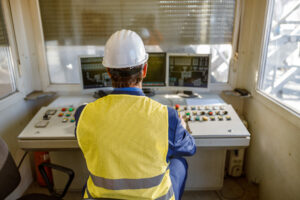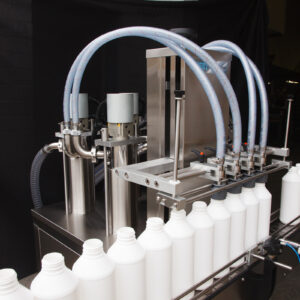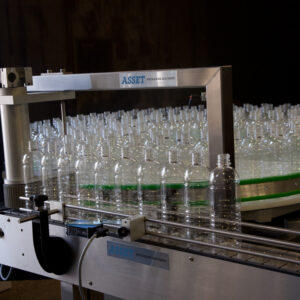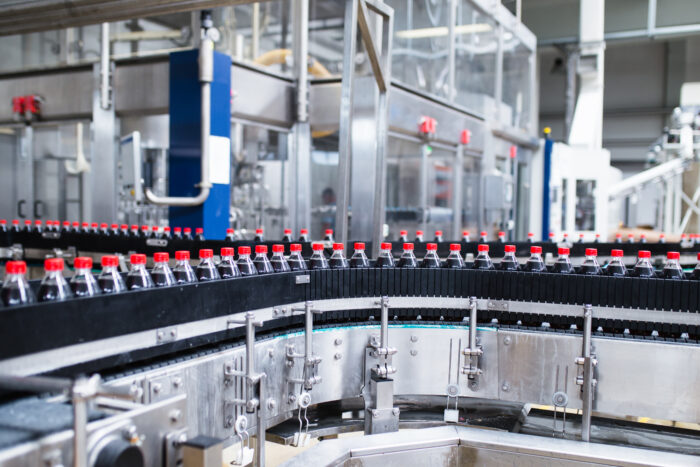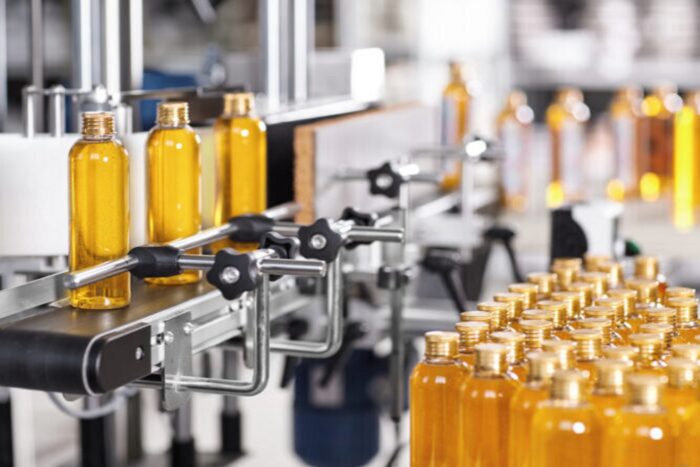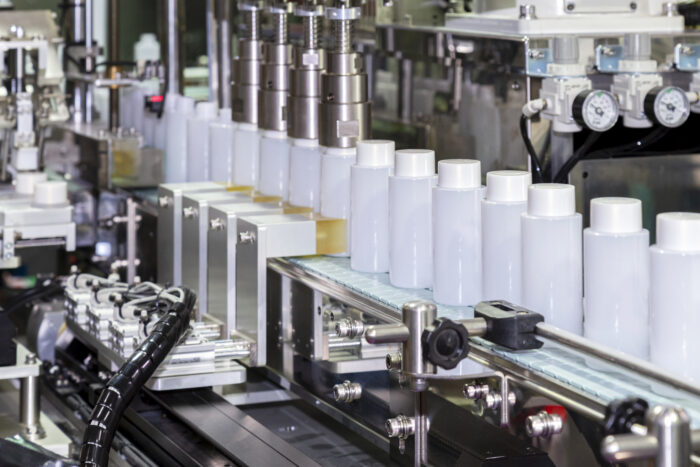Dispersion and suspension liquid products in the pharmaceutical and health science industry include products and solutions we are all familiar with as consumers – think syrups, laxatives, medicated shampoos, sunscreens, acne treatments, nasal sprays, drug and botanical preparations, medications and supplements.
Special techniques and machines are used to optimise filling and minimise waste. This is where specialised liquid filling machines make an impact. These machines are able to handle different viscosities using additional machinery, parts and accessories to accurately measure and fill the product.
Here, we explore the scope of liquid filling machines developed for pharmaceutical use – with an emphasis on the challenges presented to product manufacture and safe handling from liquid suspensions. We take a look at the different machinery options available to Australian pharmaceutical companies to maximise production output at a manageable cost to your business.
Suspension Products Can Challenge Manufacturing Consistency
Suspensions – course soluble solutions or particles in liquid mediums – are unstable volumetric elements in the pharmaceutical production process, creating issues with consistent and accurate flow levels in filling machine lines.
As these machines are designed to package products made from bulk elements with pre-determined values – either level, mass or volume – the granular or unstable nature of pharmaceutical suspensions can influence output or contribute adversely to losses on the production line. This can be a challenge especially when it comes to accurately understanding and handling the stability of medicinal suspensions to ensure the product remains safe for use.
Liquid filling machines work to fill bottles with specific liquids before the next step. However, two major problems are associated with producing and packaging suspensions. The first is the nature of particles or solids not mixing completely in the liquid, creating potential product inconsistencies when filling containers and bottles. Also, differences in product density within the same batch on a production line can also lead to inaccurate filling levels and thus operator intervention is required to reduce loss.
Regulatory processes both in Australia and worldwide affect the market opportunities and reputation of businesses supplying products in this field. Consequently, some factors need to be considered when designing and using liquid filling machines for suspensions in the pharma and science industries.
- Physical state of the solid particles in the suspension (dissolved or undissolved)
- Size of the solid particles in the suspension (affects flow consistency and spillage)
- Density of both liquid and the solid particles (affected by temperature, light and acidity changes in both products and the production environment.
- Electrical charge on the solid particles (how will the suspension efficacy fare over the production, sale and distribution process. We’ve seen the bottle of product separated into its particle constituencies on the shelf and wondered if we should pass on it!)
Compounding this issue, drug and vaccine product manufacture also relies heavily on suspension elements but are susceptible to changes in temperature, light, acidity in the product mix. It is thus important to produce and package these products giving attention to using appropriate materials, closures and sealers, and having the ability to handle required regulatory labelling, plus containment and protection of the suspensions to avoid spoilage and loss. In the current climate of producing higher economic output with scarce resources and waste management, the environmental impacts of this production process must also weigh in.

The biggest manufacturing challenge with products in a liquid suspension form is that they tend to be more difficult to fill accurately, so they can cause problems with machine parts and spillage creating safety concerns. Think about the cleaning and hygiene aspects operating on your pharmaceutical liquid filling process line. Are you in breach of any regulatory processes?
One way of filling liquids successfully and within cost inputs is by using an air displacement technique where the product is forced into the container using a gas bubble. However, this process is not always successful – sometimes it is unable to fill the entire volume of the container or bottle capped item, which is not ideal for accurate dosage in the health science field. The better choice may be a volumetric filling machine, where there are minimal issues with product consistency or accuracy. This manufacturing process is especially good for holding high measures of drugs and pharmaceuticals accurately in safe packaging for secure and compliant product distribution.
Better Business Opportunities Using Automated Liquid Filling Processes
Modern stainless steel constructed liquid filling machines are designed to handle different liquid viscosities. Different process techniques are used for viscous liquids such as syrups, lotions and creams, while shampoos and sunscreens can be filled on a production line with a filling machine using volumetric piston fillers.
One of the big advantages of an automated production line is that it can swiftly upscale between product types and ranges with minimal extra investment or change. Manufacturers can transfer production from one product to another with minimal downtime, keeping the process efficient and cost-effective. Another advantage is that this type of equipment has stand-by mode or down mode options – allowing for energy monitoring and cost savings when not in use.
There are renewed business opportunities for manufacturers in the pharmaceutical industry coming out of the COVID-19 pandemic – increased range of product manufacture with industrial cleaning and hygiene customers. For example, hand sanitiser that was once the domain of professional staff in science and medical workplaces is now a commonplace and highly-in-demand retail consumer product worldwide. In fact, the worldwide filling machine market is projected to increase between 4.9-5.8% in the next five years due to the impact on health sciences and pharmaceutical industries.
Find the Right Machine with Asset Packaging Machines
The right production line process for your current and future range will reap the results of higher client sales and orders, plus increased growth.If you are unsure about the cost or impacts on your production line from changeover to small or medium pharmaceutical manufacture, or are new to the field and want to gain more machinery product information, Asset Packaging Machines can help. As one of Australia’s leading manufacturers of liquid packaging machines, we stock liquid filling machines for different types of suspension products for your pharmaceutical business.






